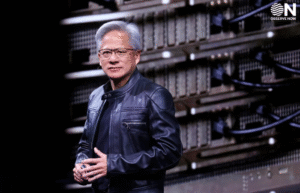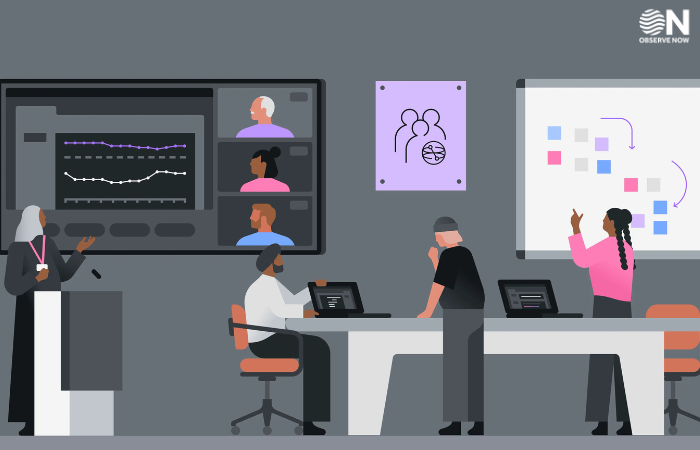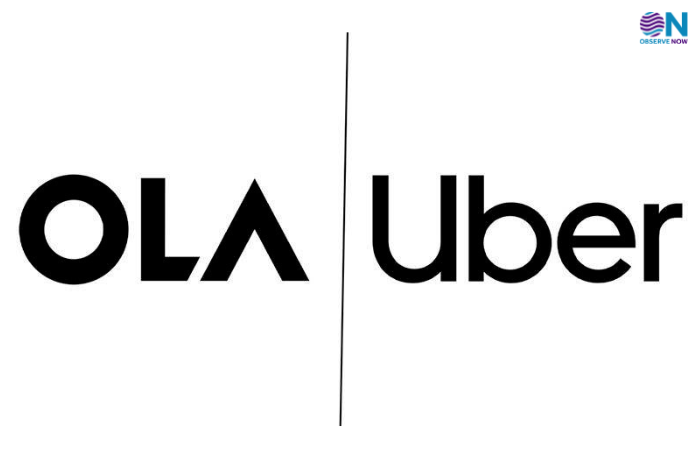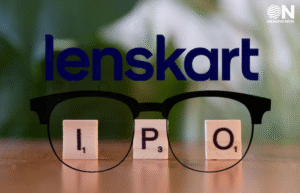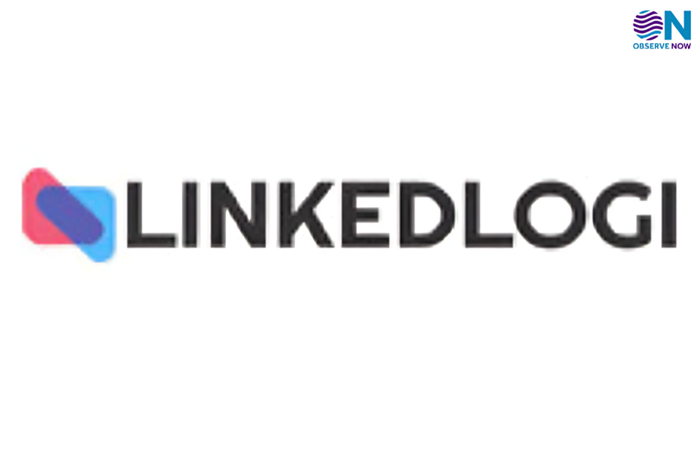A recent analysis by Andreessen Horowitz, a prominent Silicon Valley VC firm, revealed something surprising – infrastructure costs have quietly climbed to become one of the largest expenses in modern startups. In some cases, cloud spending was eating up over 50 per cent of the cost of goods sold (COGS).
Now combine that with this: Investors have pulled back. Capital isn’t as cheap as it was. Valuations are under pressure. And in boardrooms, every rupee spent on infrastructure is being scrutinised. As a founder chasing growth, the last thing you want is to lose investor confidence over something as fixable as cloud waste. But it happens. All the time.
There was a popular case not long ago where a startup accidentally ran up a $450,000 GCP bill overnight due to a misconfigured script. They caught it late. The business had to halt new hires and product releases for a quarter.
Sounds dramatic? It’s not rare. Startups often begin with a “move fast” mindset, which is essential in the early stages. But when growth starts compounding, so do infra bills. Without proper checks, your cloud spend quickly moves from being a small line item to a valuation-dragging liability. VCs today don’t just look at the ARR. They look at gross margins, burn multiples, and cloud economics. Poor infra hygiene is now a red flag.
Earlier, startups could afford to be inefficient for longer. Raise, spend, scale, and worry about profitability later. But the market has changed. Investors now expect lean growth. John Curtius, ex-Tiger Global partner, said it best: “Every startup I talk to now wants to cut infra. It’s the first thing they look at after headcount.”
And this shift is healthy. Infrastructure is not just a technical concern anymore. It directly influences financial metrics and strategic flexibility. Especially for industries like SaaS or HealthTech, where infrastructure usage can grow exponentially. So if your cloud is growing faster than your business, there’s a problem.
Here’s what smart startups are doing to stay lean, improve margins, and make their infra spending investor-friendly:
1. Start with the architecture discipline
Use the right services, right instance types, and align your infra to actual workload needs. Overengineering early leads to cost sprawl. Get expert guidance, even if it’s on demand.
2. Build FinOps from Day 1
FinOps is not just for big enterprises. Even seed-stage startups benefit from visibility into cloud spend, unit economics, and usage patterns. Use tools or experts to track and report regularly.
3. Right-size and autoscale aggressively
Avoid fixed-size provisioning. Use autoscaling, spot instances, and serverless where possible. It’s better to pay for usage than for idle capacity.
4. Set up budgets, alerts, and spend policies
Don’t wait to be surprised. Create cost boundaries and alert systems across teams. Involve developers in infra costs to drive accountability.
5. Don’t oversubscribe to cloud discounts
Committed use discounts (like AWS Savings Plans or GCP CUDs) can help, but only if used carefully. Overcommitments can become sunk costs when workloads change.
6. Enable multi-cloud optionality
You don’t have to go multi-cloud early, but build portable architectures. Avoid provider lock-in, which can reduce your negotiation power and impact future infra decisions.
7. Work with cloud cost optimisation partners
Third-party cloud experts can help you across all 3 layers – usage optimization, rate optimisation and visibility & reporting. Many also offer CloudOps support to handle day-to-day operations and infra governance while your team focuses on shipping features.
Here’s a simple math: If your gross margin drops from 80% to 60% because of infra bloat, your valuation could fall 30 – 40% in the next round. Not because your product is bad. But because your cost structure is broken.
Investors will ask: Why didn’t you catch this earlier?
The hard truth? No one gives you extra credit for using the cloud. But you’ll definitely lose points for using it poorly. Cloud adoption continues to grow, with global public cloud spending forecasted to hit $723.4 billion in 2025. But this growth comes with a caveat: nearly 30–34% of cloud budgets go to waste. That’s not a margin early-stage startups can afford to ignore.
The good news? Startup funding is showing signs of life again. According to Tracxn, the first half of 2025 saw a 4% increase in global VC funding compared to H1 of 2024 – the first uptick in two years. AI, digital health, SaaS, and fintech are leading the charge. This means the runway is opening up, but only for those who manage their fuel wisely. Avoiding cloud waste is no longer about saving money. It’s about building valuation, improving capital efficiency, and preparing to scale on solid ground.




